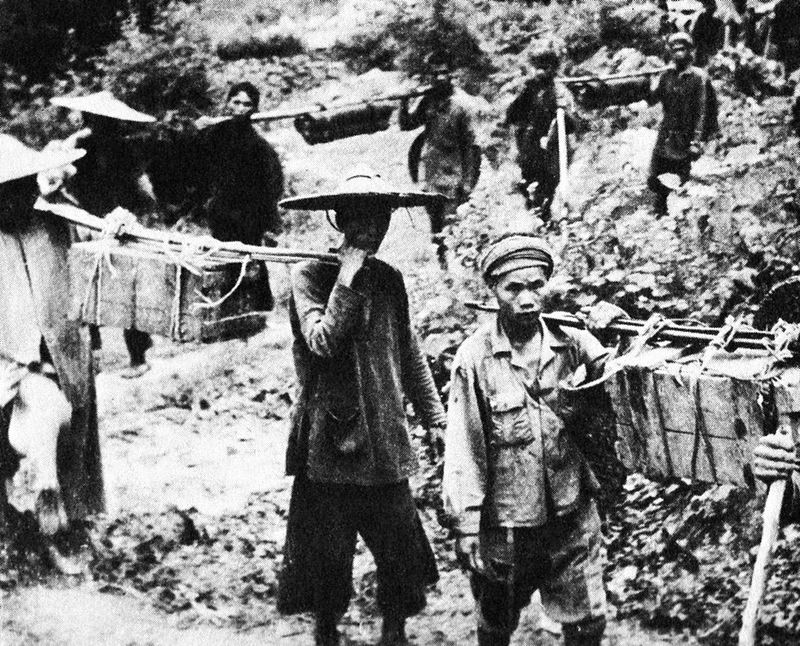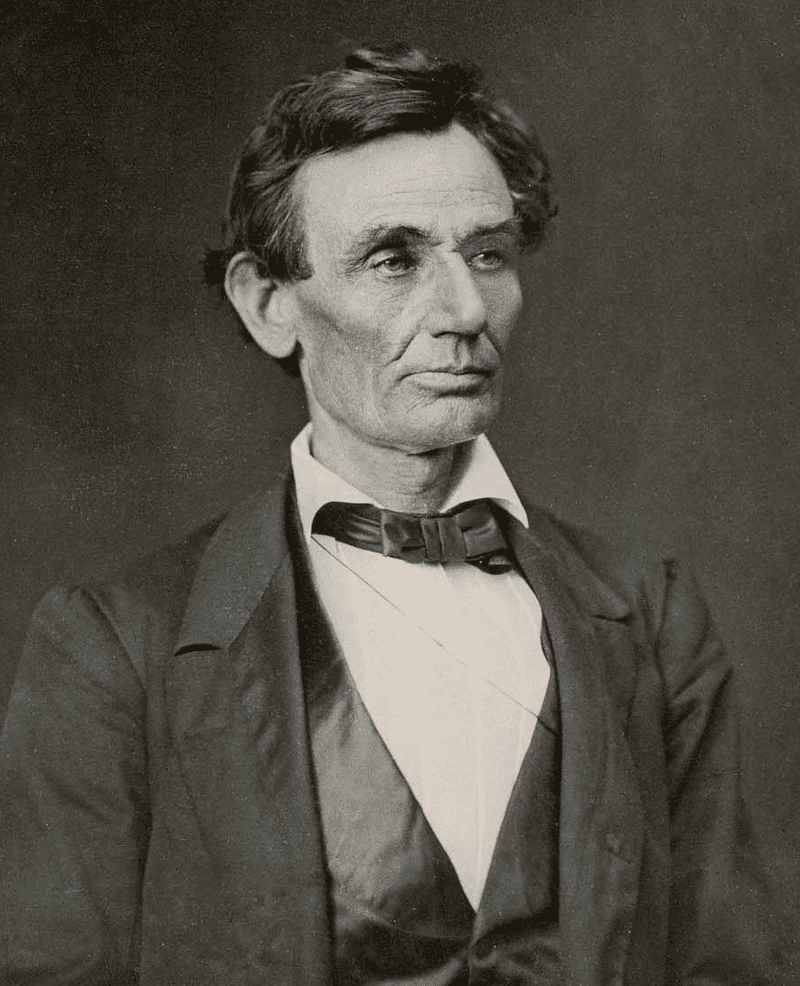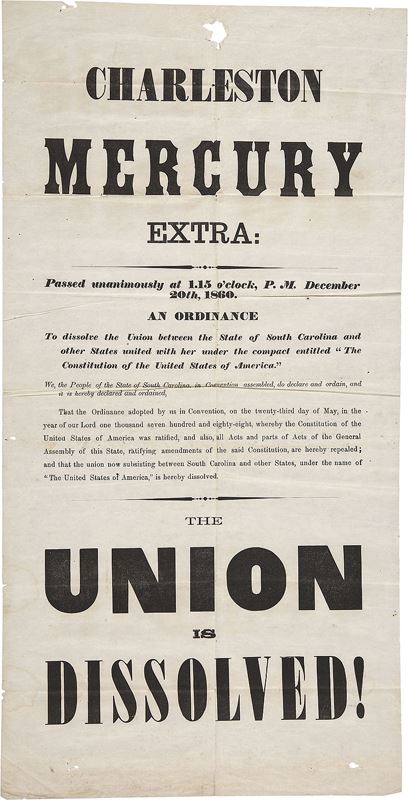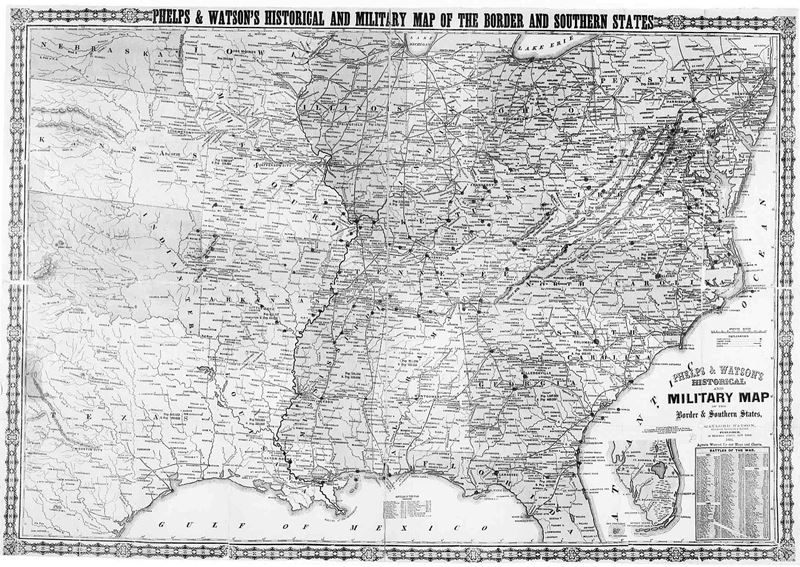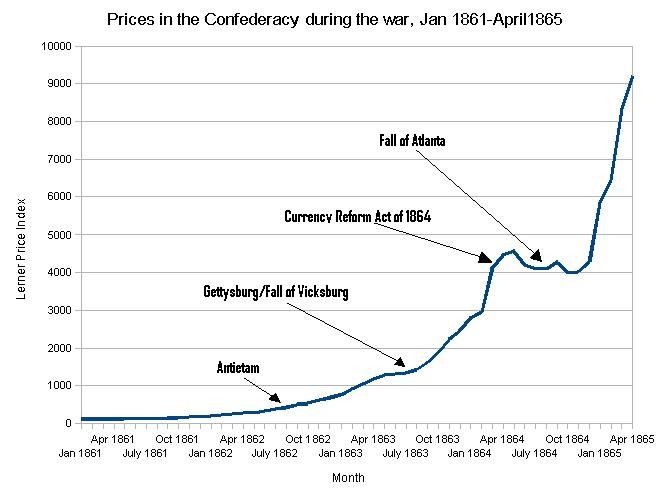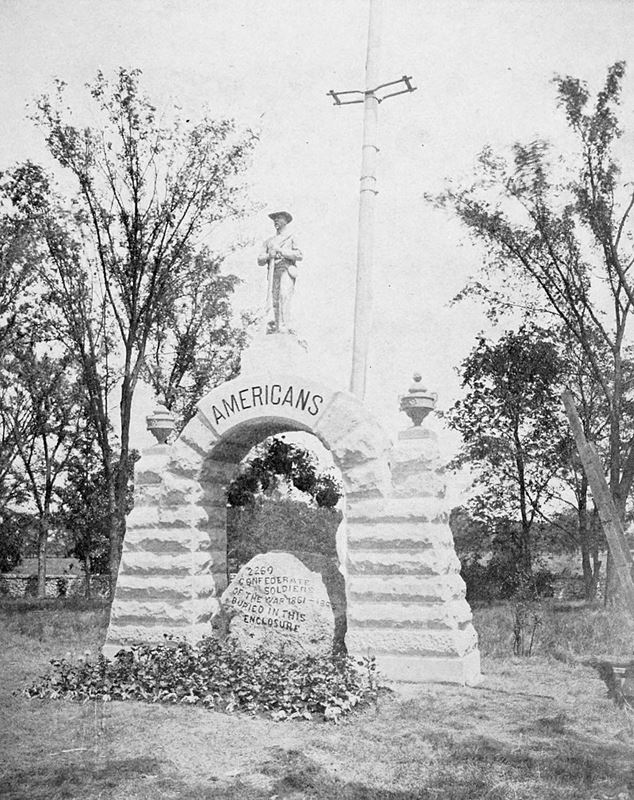Fighting broke out all along the border with North Vietnam.[1] North Vietnamese Army regular units participated in attacks on July 28–31, 1959.[1] These operations established a pattern of North Vietnamese forces leading the attack on a strong point, then falling back and letting the Pathet Lao remain in place once resistance to the advance had been broken.[1] The tactic had the advantage of concealing the North Vietnamese presence from view.[1]
Rumors of North Vietnamese in the vicinity often had a terrifying effect.[1] Among the men who heard such rumors in the mountains of Houaphan Province that summer was a young Royal Lao Army captain named Kong Le.[1] Kong Le had two companies of the Second Paratroop Battalion out on patrol almost on the North Vietnamese border.[1] When they returned to Xam Nua without encountering the enemy, they found that the garrison had decamped, leaving the town undefended.[1]
Direct North Vietnamese involvement in Laos began taking another form wherein aggression was difficult to prove.[1] Two months after the 1954 Geneva Conference on Indochina, the North Vietnamese established a small support group known as Group 100, on the Thanh Hoa-Houaphan border at Ban Namèo. This unit provided logistical and other support to Pathet Lao forces.[1]
In view of the reversion to a fighting strategy, the North Vietnamese and Lao parties decided to establish an upgraded unit.[1] The new unit, known as Group 959, headquartered at Na Kai, just inside the Houaphan border, began operating in September 1959.[1] Its establishment coincided with a major effort to expand the hitherto small Pathet Lao forces.[1]
According to an official history published after the war, its mission was “serving as specialists for the Military Commission and Supreme Command of the Lao People’s Liberation Army, and organizing the supplying of Vietnamese matériel to the Laotian revolution and directly commanding the Vietnamese volunteer units operating in Sam Neua, Xiangkhouang, and Vientiane.”[1] These actions were in violation of the obligation Ho Chi Minh’s government had assumed as a participant in the 1954 Geneva Conference to refrain from any interference in the internal affairs of Laos.[1]
The Vietnamese party’s strategy was by now decided with regard to South Vietnam.[1] At the same time, the party outlined a role for the LPP that was supportive of North Vietnam, in addition to the LPP’s role as leader of the revolution in Laos.[1] Hanoi’s southern strategy opened the first tracks through the extremely rugged terrain of Xépôn district in mid-1959 of what was to become the Ho Chi Minh Trail.[1]
Phetsarath and Sisavang Vong, viceroy and king, died within two weeks of each other in October 1959.

